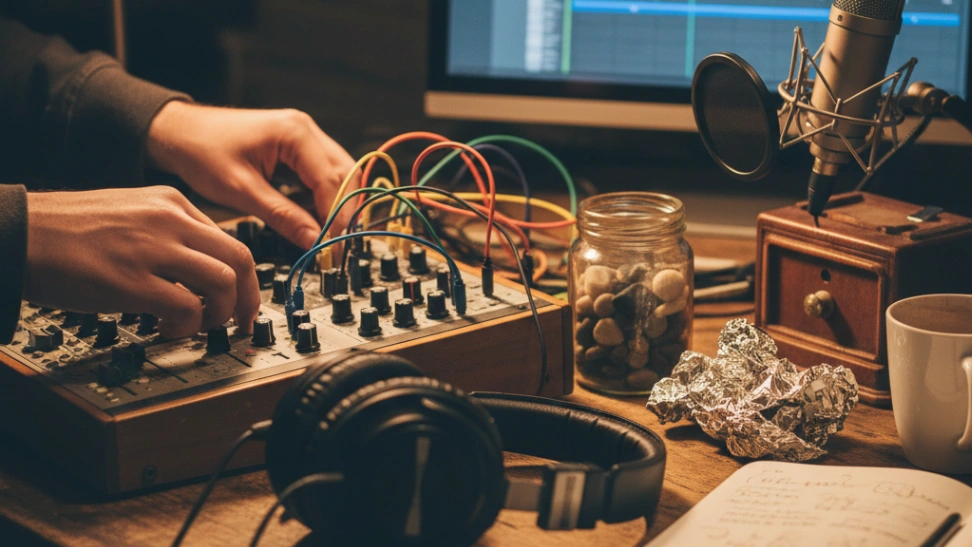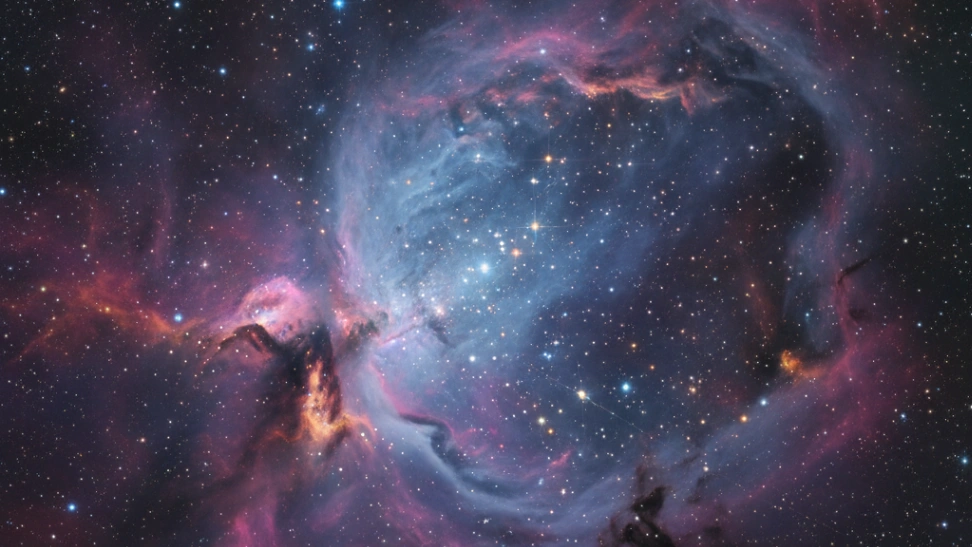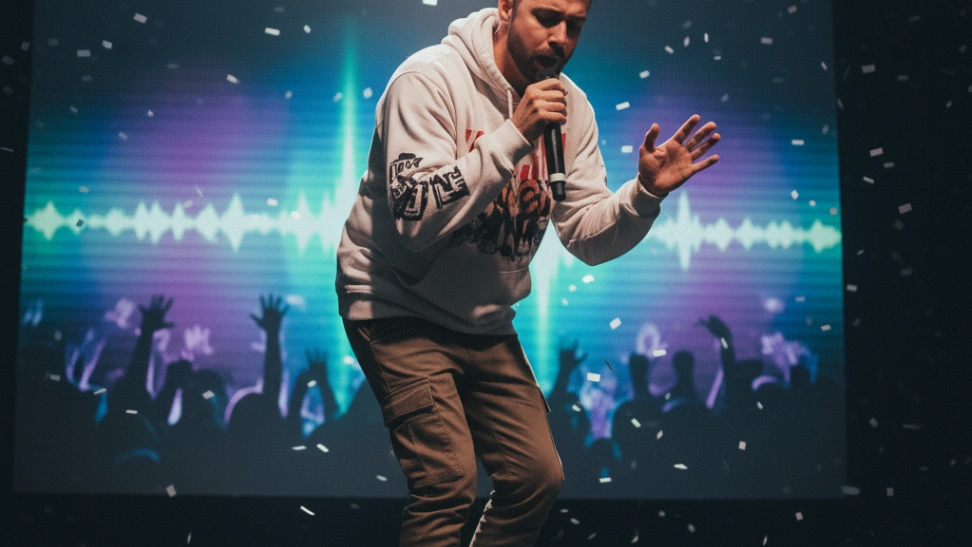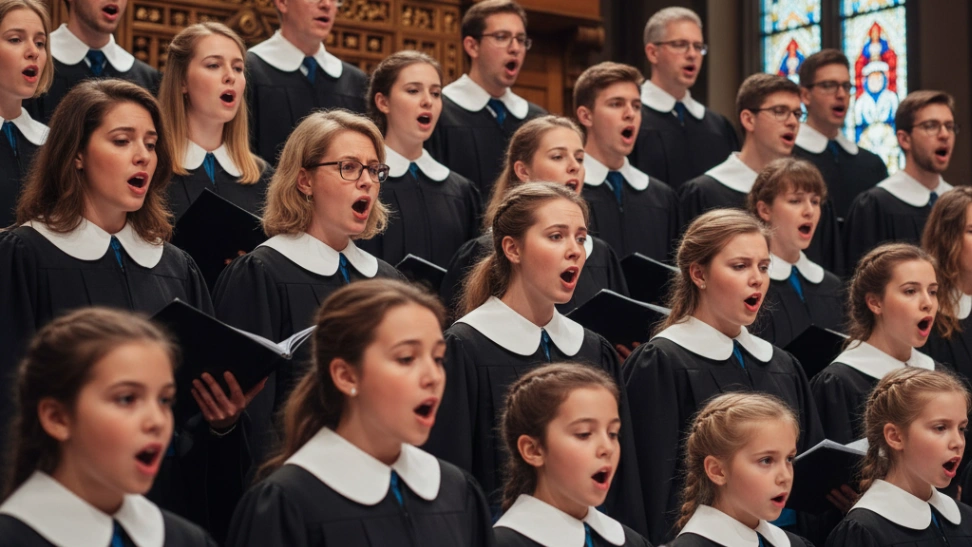Sound design is a profoundly intricate and creative discipline that goes far beyond simply adding background noise. It's about building an entire auditory world, carefully sculpting every sonic detail to serve a specific purpose. This could mean crafting the ominous rumble of an approaching storm in a film, designing the satisfying 'click' of a user interface button, or creating the alien soundscape of a distant planet in a video game. Professionals in this field often work with a vast palette of sounds, from Foley art (recording everyday sound effects like footsteps or cloth rustles) to ambient recordings, dialogue editing, musical scoring, and specialized effects like synthesis, processing, and mixing. The goal is always to enhance the storytelling, deepen immersion, and communicate information or emotion effectively, often without the audience consciously realizing the intricate work involved. It's a subtle but powerful art form that can dramatically influence how a story is perceived and felt.
The roots of sound design can be traced back to the early days of radio drama and silent films, where live musicians and foley artists created sound effects in real-time. In the 1920s, the introduction of synchronized sound to cinema with "talkies" like The Jazz Singer revolutionized filmmaking, shifting the focus from purely visual storytelling to an integrated audio-visual experience. Early pioneers like Jack Foley developed techniques for creating realistic sound effects that are still used today. The advent of magnetic tape recording in the mid-20th century, followed by synthesizers and digital audio workstations (DAWs) in the latter half, profoundly transformed the capabilities and reach of sound design. Walter Murch's groundbreaking work on films like "Apocalypse Now" elevated sound editing to an art form, demonstrating its critical role in shaping narrative and emotional impact. Video games, emerging in the 1970s and truly flourishing from the 1980s onwards, introduced new challenges and innovations, requiring interactive and dynamic soundscapes that react to player actions and environmental changes. Today, advancements in spatial audio, virtual reality (VR), and augmented reality (AR) continue to push the boundaries, making sound design an ever-evolving and technically sophisticated craft. The historical progression shows a continuous drive to make auditory experiences more immersive, realistic, and emotionally resonant.
Modern sound design relies heavily on a sophisticated array of tools and techniques. Digital Audio Workstations (DAWs) such as Pro Tools, Logic Pro, Ableton Live, and Reaper are central to the process, serving as the command centers for recording, editing, mixing, and mastering audio. Sound designers utilize extensive libraries of pre-recorded effects, but also frequently capture original sounds using high-quality microphones and field recorders. Synthesizers, both hardware and software-based, are indispensable for creating unique, otherworldly, or highly stylized sounds that cannot be found in the natural world. Various audio effects processors—including equalizers, compressors, reverbs, delays, and modulation effects—are then applied to shape, color, and refine sounds. Mixing is a crucial stage where all these disparate elements (dialogue, music, sound effects, ambience) are balanced and blended into a cohesive whole, often employing techniques like panning, volume automation, and dynamic processing. Finally, mastering ensures that the final audio is optimized for playback across different systems and platforms, achieving a consistent and impactful sonic signature. This intricate workflow demands not only technical proficiency but also a deep understanding of acoustics, psychoacoustics, and the emotional impact of different sonic textures.
The impact of well-executed sound design is often understated yet profoundly effective. It can elevate a scene from good to great, turning a simple visual into a visceral experience. In horror films, it manipulates tension and fear; in action sequences, it amplifies exhilaration; in games, it provides critical feedback and enhances immersion. Beyond entertainment, sound design plays a vital role in user experience (UX) design, where auditory cues guide interactions with technology, and in product development, where the 'sound' of an object can convey quality and functionality. The future of sound design promises even greater integration with emerging technologies. Immersive audio formats like Dolby Atmos and Ambisonics are becoming standard, offering truly three-dimensional soundscapes that respond dynamically to a listener's position. Artificial intelligence is beginning to assist in content generation and analysis, potentially streamlining workflows and opening new creative avenues. Virtual and augmented reality environments are pushing designers to create believable and reactive sonic worlds that adapt in real-time to user movement and environmental changes. As our digital and physical worlds increasingly merge, the role of the sound designer in crafting compelling, intuitive, and emotionally rich auditory experiences will only continue to expand and evolve, making it an exciting and essential field for those passionate about the power of sound.



